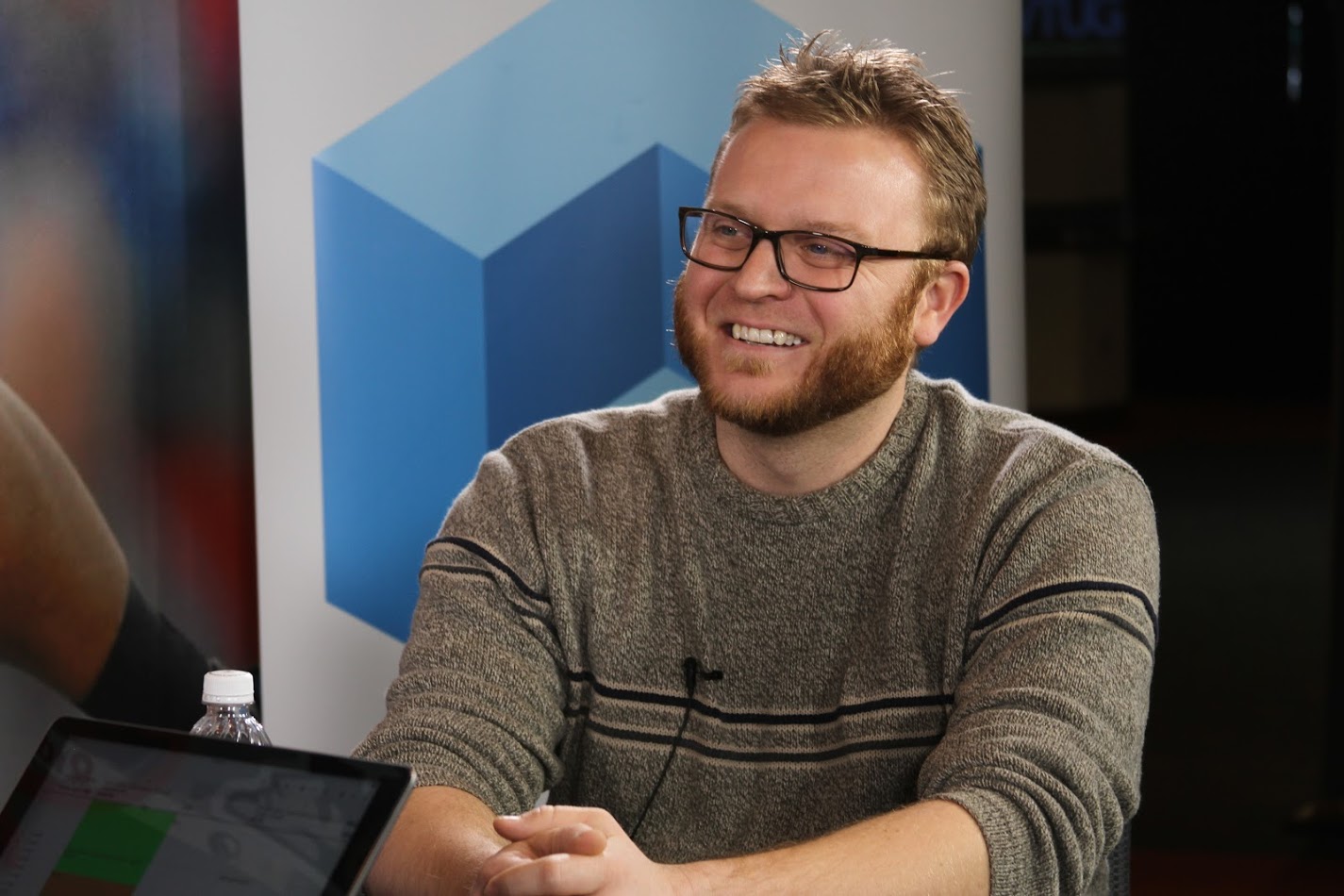 INFRA
INFRA
 INFRA
INFRA
 INFRA
INFRA
There is a difference in the world of technology between what’s possible with the latest and greatest and what companies actually buy and use. Solutions that don’t fit the budget or won’t work with the local hardware are no solutions at all. Compromise, legacy, and return on investment are the guiding principles of IT departments in the working world. Even still, there is a place for innovation as IT managers show the benefit of new technology.
“There’s the school of thought to virtualize everything. … The challenge is always ROI, your return on investment,” according to Daniel Valentine, IT specialist at Danone Foods. He stated that organizations must assess what it’s going to cost them to go with new tech and if those costs are justifiable.
To gain some insight on how a working IT infrastructure intersects with the changing tech world, Stu Miniman (@stu), senior analyst at Wikibon and host of theCUBE, SiliconANGLE Media’s mobile live streaming studio, visited the Virtualization Technology Users Group Winter Warmer 2017 conference in Foxborough, MA. There, he spoke with Valentine about virtualization from the front lines.
The conversation started with a look toward virtualization. Valentine mentioned a conversation they have at his company: the one-to-one scenario. Is the virtualization going to sit on one host and consume all the resources of its cluster? he asked. There’s a school of thought that says everything should be virtual, but if it’s that big and powerful, maybe it should stay physical, he suggested.
As for the stack, Valentine also prefers to keep it simple. They try to go with one-rack solutions, implementing those solutions everywhere it makes sense, he stated. From a hardware perspective, a company wants to change what’s physically in that rack about every three years, he continued. Once over three years, things fall out of support and replacing parts can be a challenge.
So far, the cloud has not made a major impact at Valentine’s company. There are times where cloud work makes sense and is done, but nothing on a mass scale, he mentioned. However, it’s more and more making sense to put things on the cloud rather than run them in-house, he felt.
“In IT, we always want the cutting edge, but convincing business that’s the best way to go can be a different story,” Valentine said.
The topic then turned toward what would most help him and the company. He replied that something he tries to focus on is monitoring, knowing it happened before the end-user tells him it happened. The company has been trying to find a solution that fits the needs of not just IT, but the entire business. That’s a big topic of conversation at a lot of companies, he stated.
Watch the complete video interview below, and be sure to check out more of SiliconANGLE and theCUBE’s coverage of VTUG Winter Warmer 2017.
THANK YOU